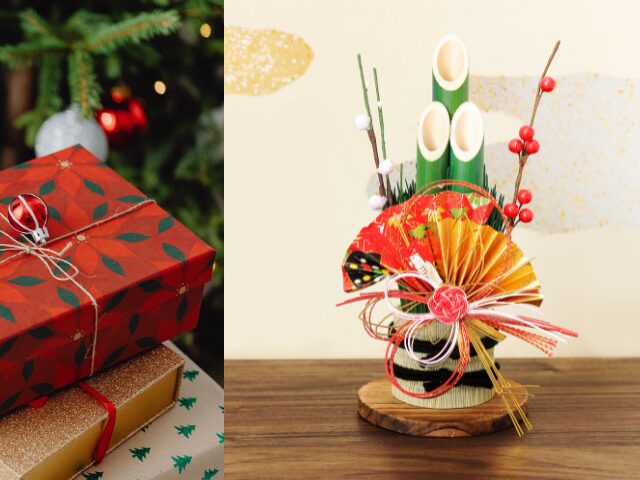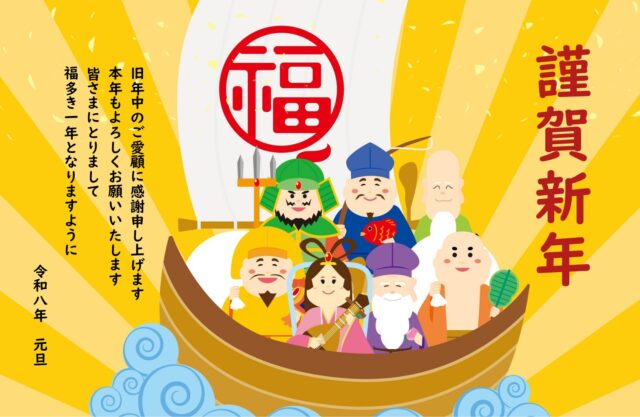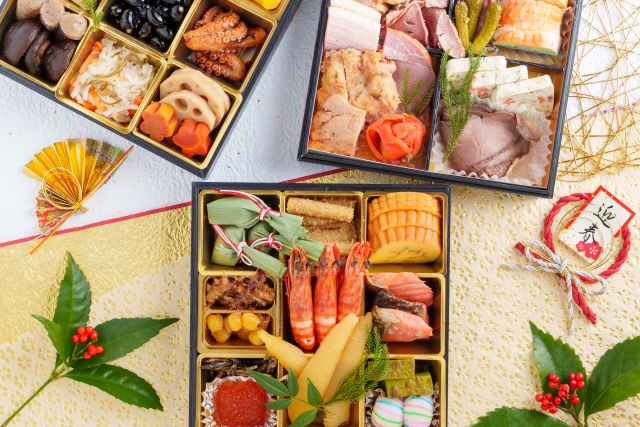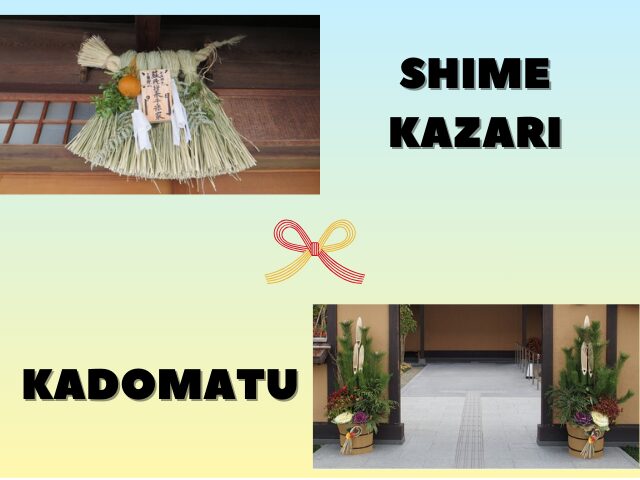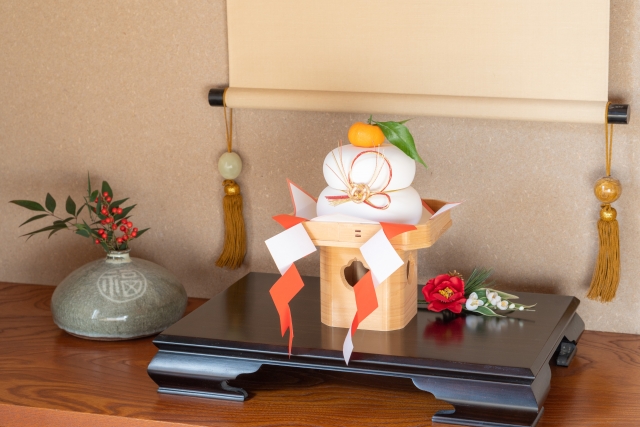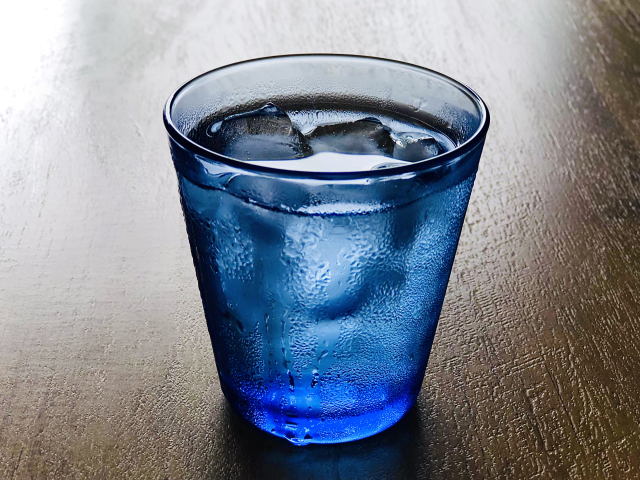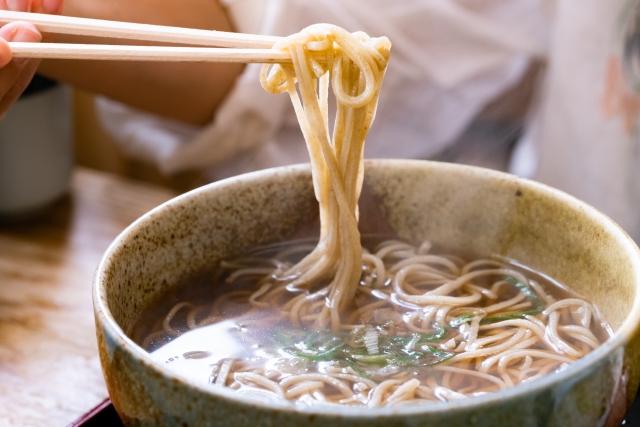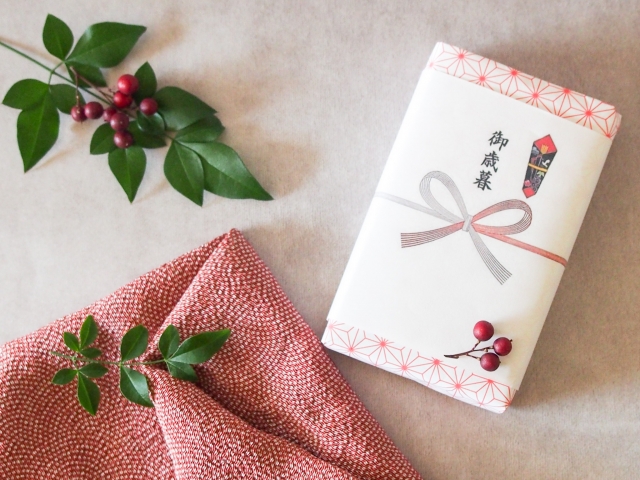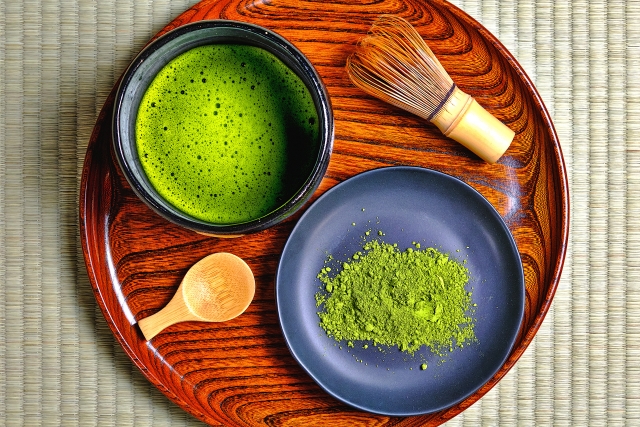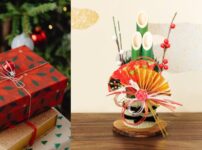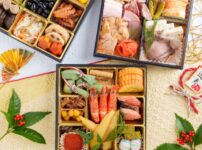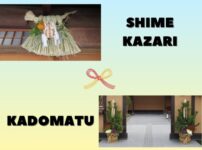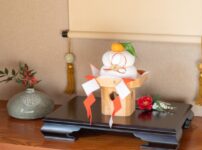NEW ENTRY
From Santa to Shimekazari Overnight: Why Japan Switches From Christmas to New Year So Quickly
In many countries, Christmas decorations remain until January. But in Japan, something striking happens: the moment Christmas ends on December 25th, the entire atmosphere shifts overnight. On December 26th, Santa displays disappear, and stores fill with shimekazari, kadomatsu, kagami mochi, and ingredients for traditional New Year dishes. It feels as if the country has changed seasons in a single night. Why the Switch Happens So Fast This dramatic shift comes from the cultural difference in how Christmas and the New Year are viewed in Japan: Christmas is a light, seasonal event — illumination, gifts for children, and romantic dinners. The New Year is spiritually significant — a time to welcome the deity Toshigami, reset life, and start fresh. Because the New Year holds deeper meaning, Japan quickly leaves Christmas behind and focuses on preparing for a sacred beginning. Ōsōji: Clearing Space for the New Year Before the New Year, families perform ōsōji, a deep cleaning that removes the dust, worries, and bad luck of the past year. This is not merely tidying — it is a ritual reset. Once the home is spiritually refreshed, people hang shimekazari and prepare to welcome Toshigami. The cultural rhythm naturally leaves no place for a “post-Christmas” atmosphere. Why January 1st Is a Clear Reset Point For many Japanese people, January 1st is more than the first day of the calendar — it is a complete reset, a moment to start the year with a clean slate. This is why Christmas, as a “previous-year event,” is never ...
Nengajō: Why Japan’s New Year Cards Are Fading — and Why They Still Matter
Nengajō are Japan’s traditional New Year greeting cards, sent to express gratitude and maintain relationships. But in recent years, rising postage costs, the convenience of smartphones, and lifestyle changes have led to a clear decline. This article explains the cultural meaning of nengajō, why they are disappearing, and why some people — and companies — still send them today. What Is a Nengajō? A nengajō is a postcard sent to friends, family, and acquaintances to welcome the new year. Japan Post runs a special system ensuring that cards mailed in December arrive exactly on January 1st, making it a nationwide ritual. For decades, opening the mailbox on the morning of January 1st to find a stack of bright cards was a quintessential Japanese New Year experience. The Cultural Value Behind Nengajō Maintaining Social Connections Nengajō reaffirm relationships you may not see often. A simple “Thank you for last year” keeps social ties warm. A Clear Cultural “Boundary” Japan highly values clear transitions between old and new. Nengajō symbolically close the previous year and open the next with respect. Gratitude and Respect From teachers and coworkers to relatives and mentors, nengajō offer a chance to reflect on relationships and express appreciation. Traditional Designs: Why the Zodiac (Eto) Matters Most nengajō feature the year’s zodiac animal (eto). This has become one of the most recognizable elements of Japanese New Year aesthetics. Zodiac animals — the most common design, symbolizing good luck Mount Fuji — strength and hope First sunrise — a classic symbol of ...
Osechi Ryōri: Japan’s New Year Feast and the Meaning Behind Every Dish
Osechi ryōri is Japan’s traditional New Year feast, prepared in advance and beautifully packed into lacquered boxes called jūbako. Each dish carries symbolic meaning — from health and longevity to prosperity and family harmony. This article explains what osechi is, why it’s prepared before New Year’s Day, and the cultural beliefs behind this centuries-old tradition. What Is Osechi? Osechi literally means “seasonal festival food,” originally referring to meals offered during important points in the calendar year. Today, the word mainly refers to the special dishes eaten during Oshōgatsu — Japan’s New Year celebration. These dishes are packed into a multi-tiered lacquer box called a jūbako. The layers symbolize “stacking up good fortune” for the coming year — a beautiful representation of Japanese hopes for happiness, health, and prosperity. Why Osechi Is Prepared Before New Year’s Day Although it is a New Year’s meal, osechi is almost always prepared before December 31st. This tradition is rooted in two major beliefs: 1. Osechi Is Originally an Offering to the Gods New Year’s Day welcomes Toshigami, the deity of the incoming year. Osechi dishes were originally made as offerings and later shared by the family to receive the deity’s blessings. Because of this, having osechi ready by the morning of January 1st was considered essential. If the food was not prepared on time, it was seen as disrespectful to the gods. 2. Knives Should Not Be Used During New Year In Japanese culture, knives symbolize “cutting ties”. Using them on New Year’s Day was thought ...
Shimekazari & Kadomatsu: Japan’s New Year Decorations of Purification and Welcome
In Japan, the New Year is welcomed not just with celebrations but with a deep sense of renewal and spiritual preparation. Two traditional decorations — shimekazari and kadomatsu — are placed at entrances to purify the home and invite the New Year deity, Toshigami, to bring blessings for the coming year. What Is a Shimekazari? A shimekazari is a sacred New Year decoration made from twisted rice straw, pine, zigzag paper strips, and various auspicious ornaments. Hung above the doorway, it marks the entrance as a purified, protected space suitable for welcoming the divine. Although simple in appearance, each component carries symbolic meaning rooted in Shinto beliefs. The Meaning Behind Each Element Urajiro (fern) Two symmetrical leaves symbolize marital harmony. The pale underside represents purity and a sincere heart. Yuzuriha (evergreen leaf) As new leaves grow, older leaves naturally fall away. This expresses generational continuity — the passing of fortune and responsibility to the next generation. Daidai (bitter orange) A fruit that can remain on the tree for years. Because one branch may bear fruit across multiple “generations,” it symbolizes long-lasting prosperity. (Modern shimekazari often use a durable plastic daidai for convenience.) Shide (zigzag paper) A Shinto symbol marking sacred or purified spaces, inviting divine protection. Different Types of Shimekazari Shimekazari come in various styles across Japan, reflecting regional customs and differences in lifestyle. Tamakazari: A thick circular rope decorated with fern, shide, daidai, a folding fan, and sometimes shrimp (symbol of longevity). Common in eastern Japan and often ...
Kagami Mochi: The Meaning, History, and Modern Traditions of Japan’s New Year Display
Kagami mochi is one of Japan’s most iconic New Year decorations. Placed in the home to welcome the New Year deity, it represents purity, continuity, and good fortune. This guide explains what kagami mochi is, the meaning behind its shape, why a “daidai” fruit sits on top, and how modern versions have changed. What Is Kagami Mochi? Kagami mochi is a traditional New Year offering consisting of two stacked rice cakes with a citrus fruit on top. The decoration is displayed from late December until Kagami Biraki, a ceremonial “opening” in early January. The two mochi symbolize harmony between the old year and the new, and the offering invites the New Year deity to bless the household. Origins and Cultural Background The shape of kagami mochi resembles a round bronze mirror (“kagami”) used in ancient Shinto rituals. Mirrors were believed to hold spiritual power and reflect purity. By offering this form of mochi, households presented a sacred “mirror” of gratitude and hope for the year ahead. Kagami mochi also reflects the Japanese value of seasonal boundaries. Displaying it marks the clear transition from the old year to the new, an important cultural rhythm in Japan. The Meaning Behind the Shape The two mochi represent the past year and the coming year, layered to “stack blessings.” The round shape symbolizes completeness and harmony. The stack reflects the idea of “renewing life” through gratitude and offerings. The Daidai: Not an Orange After All Although many people assume the fruit on top is an orange, ...

